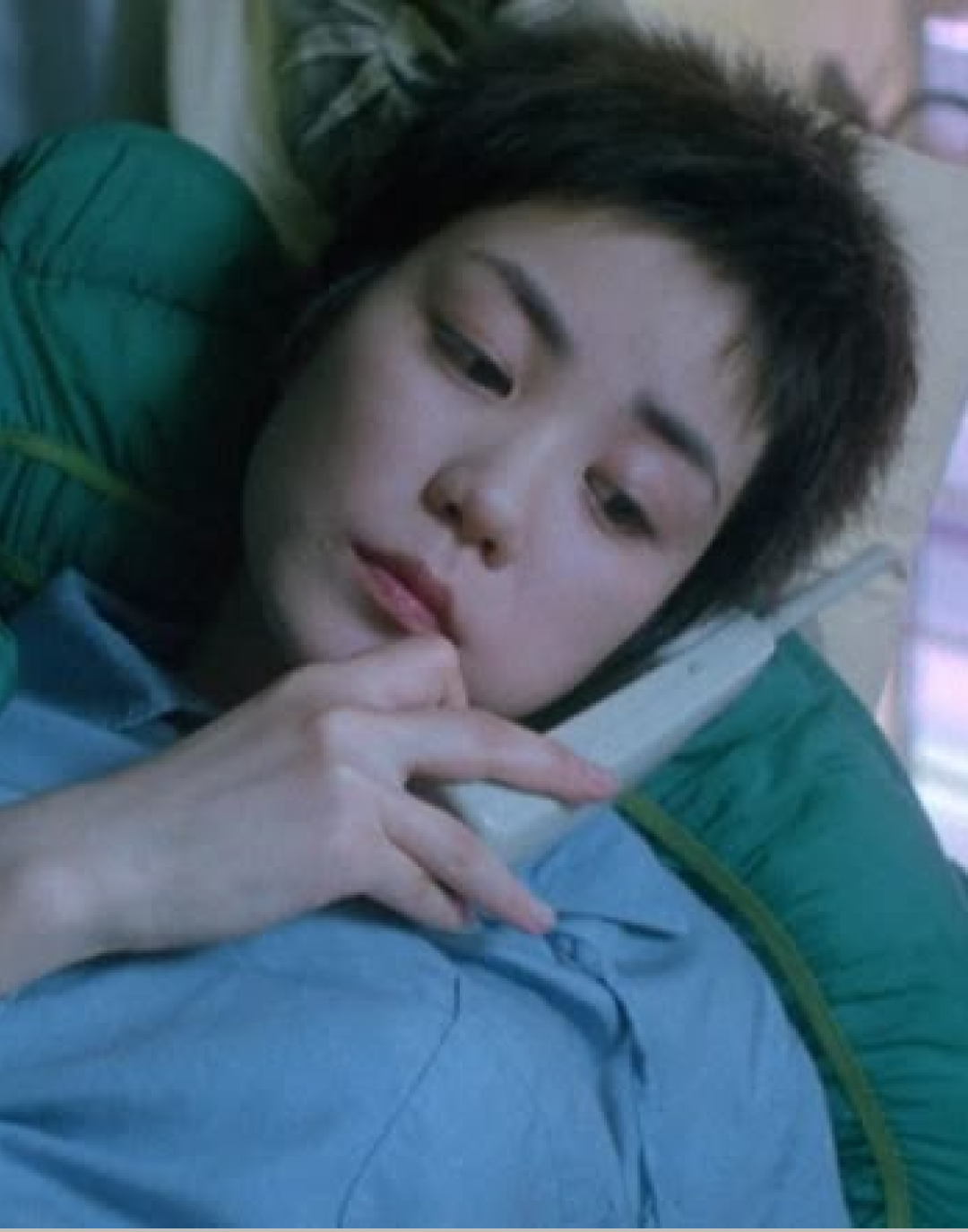
The rise and rise of the Opium aesthetic When a record label becomes a mainstream style
When Playboi Carti founded his OPIUM label in 2019, few could have predicted that the rapper, along with his protégés Ken Carson and Destroy Lonely or Homixide Gang, would give the genre a 180º turn. Inspired by the dark world of vampires and imbued with a typically punk attitude, these artists have not only redefined the sound of hip-hop, but also created a unique aesthetic that has captured the imagination of a generation. The era of Soundcloud rap was pivotal to this shift. Subgenres such as Sadboi rap and Rap rage emerged, along with the rise of the sad boys craze. Artdealer, a multifaceted South Korean music producer and creative, played a crucial role in introducing these influences in the West and consequently to the Carti scene, as well as the rap rage corporation headed by Travis Scott. Musically, OPIUM's sound is a fusion of dark synthesizers and frenetic beats, evoking the punk rock rebelliousness of past decades. This experimental approach is at a far distance from conventional trap hip-hop and has cultivated a devoted fan base. But OPIUM is not simply a platform for music; it is a manifestation of Carti's artistic vision, infused with dark sounds and a lifestyle that reflects his identity. This approach has unconsciously inspired the creation of a distinctive aesthetic associated with the label.
What is the Opium look?
Opium fashion has become a ubiquitous theme in online culture, fusing elements of punk rock and avant-garde design. Stylists and creatives close to the collective have shaped this aesthetic, defined by black garments with exaggerated shapes and plays on maximum and minimum volume (i.e jackets with huge shoulders and skinny pants). Burberry Erry, who has also been part of Balenciaga campaigns has acquired the role of stylist through his relationship with Playboi Carti and has contributed significantly to the successful "satanic aesthetic" of the collective. Memes about Opium's music and fashion have dominated social media lately.
Artists associated with OPIUM embody this sound through their style of dress and public image, fusing elements of heavy metal, punk and vampiric with anime references on occasion. Lil Uzi Vert, one of the pioneers of this movement, identifies as a "rock star" and has incorporated elements of pop punk into his music and personal aesthetic. Kanye West is currently doing it with his VULTURES listening parties: masks, total Black looks and a completely apocalyptic scenography. With Tiktok, the music label's influence on fashion has grown to exponential levels, and what was initially an artistic collective has left its mark on contemporary pop culture. The influence is so undeniable that people are using the word Opium to categorise brands, people, music and more.
Opium fashion today
The Opium aesthetic strikes a chord with our generation due to a collective yearning for something fresh and captivating amidst the monotony and saturation of current trends. Before, the popularity of groups like ASAP Mob, or Odd future led everyone to buy the latest Supreme sweatshirt or the pieces that Tyler, The Creator designed for his brand or together with Lacoste. All full of color, a little nerd or swag aesthetics and quite ostentatious in some cases. When the aesthetic comes to dominate contemporary culture, it loses interest so it was the turn of the faithful followers of Opiumcore to do their job and want to get their thing: all of that Rick Owens, Balenciaga, Raf Simons or Chrome Hearts looks that their idols Carti, Trippie Red or Yeat are wearing on their daily life. What is dissidence one day is mainstream the next. Emerging brands like Heliot Emil, No Faith or Anonymous Club, another of Carti's favorites, have also contributed to the growth of what a couple of years ago was only a micro-trend. And from here, voila, the OPIUM community is already created.













































